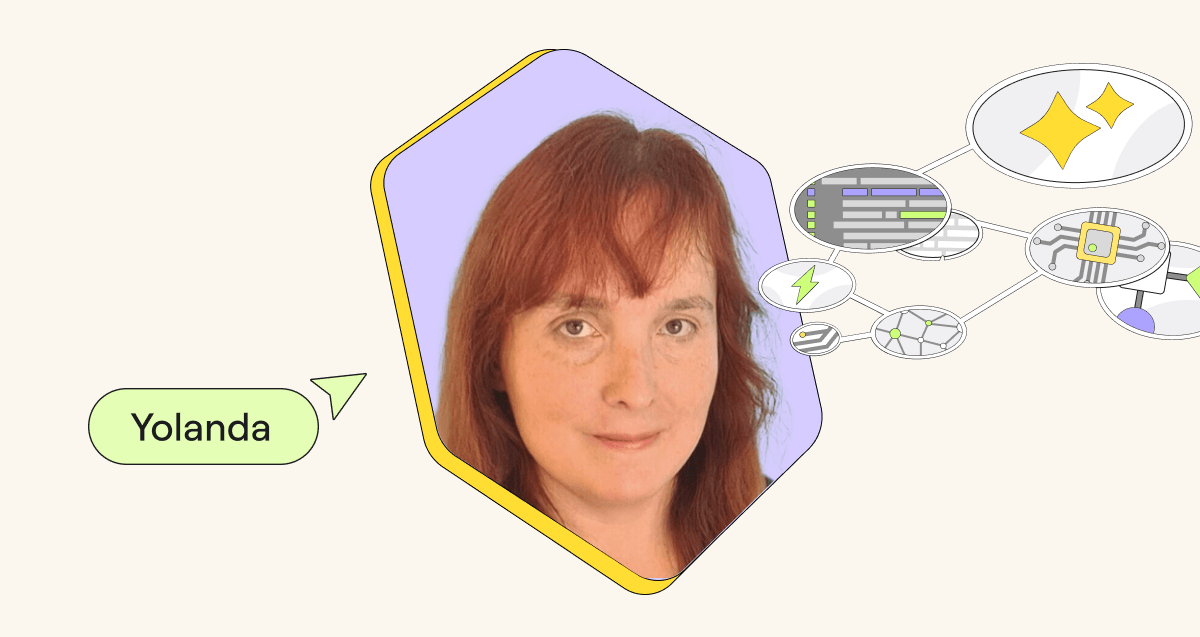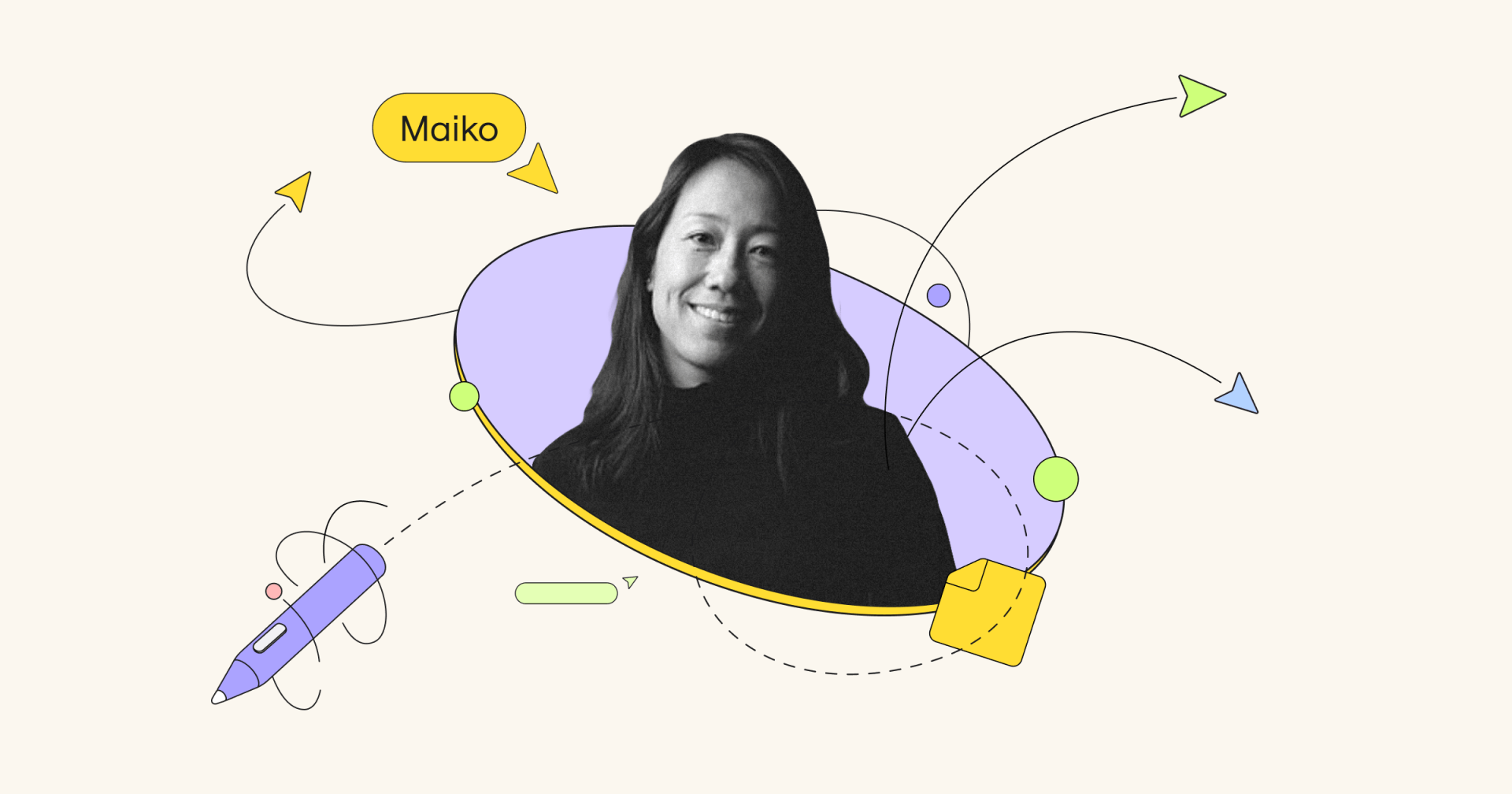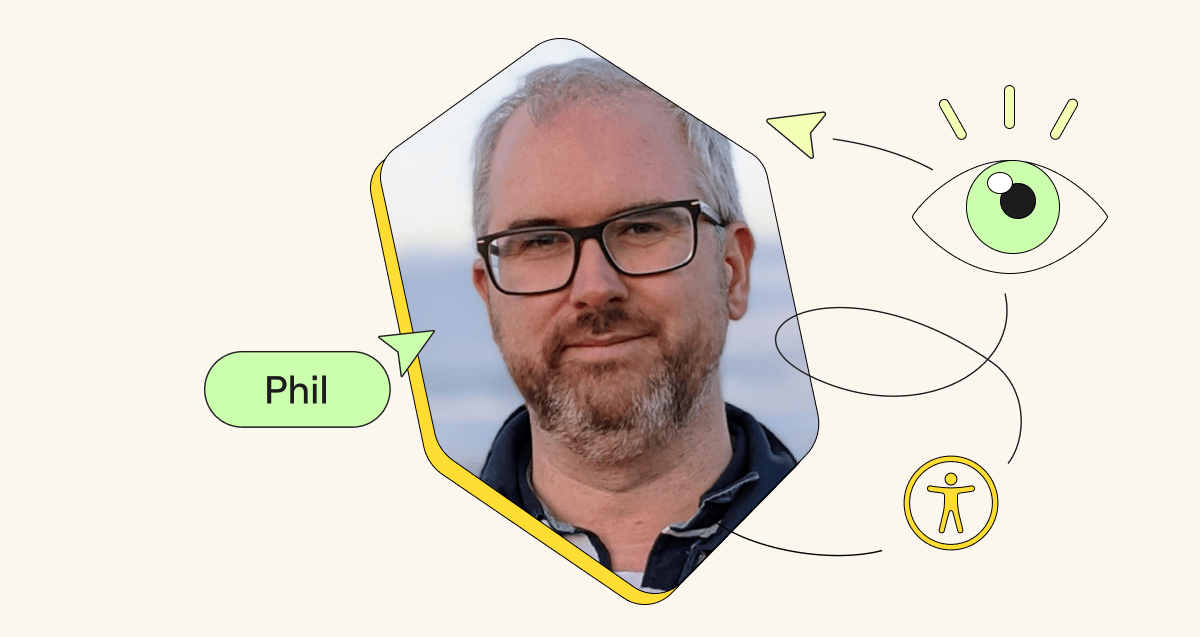Welcome to our first feature in the Spotlight series, where we’re lifting the curtain to show you Miro behind the scenes. This week, I had the chance to sit down with Yolanda Robla, a Staff Software Engineer based in Barcelona who’s been fascinated by machine learning and the inner workings of computers since she was a kid.
Let’s meet Yolanda!
What drew you to engineering as a career?
I’ve liked computers since I was a child. They’re my hobby, my passion. When my parents bought me my first computer, it came with a language programming book and I loved looking at this book. I had so much curiosity for how the computer could do all the things it did! I took some computer classes for children as well, and when I was old enough, I went to university to study computers. I’ve been working in IT since I was 20, building strategies and focusing a lot on utilization and the latest DS coordinators.
How long have you worked at Miro?
A year ago, I got a ping from a recruiter. The opportunities he was talking about to lead some parts of the infrastructure team and some initiatives meant I could lead a project from the start. I joined in November 2021.
Where are you based right now?
I live near Barcelona. It’s part of what attracted me to Miro: I’ve been here for 10 years and didn’t want to go to an office every day. I like when I can visit the hub office in Amsterdam once or twice a month, but usually I prefer working from home.
What’s it like working remotely with your team?
For us, it works great. I work with six other engineers, all divided into different efforts. I’m the Team Lead for the mesh effort and work with architects on other teams, and they’re remote as well. My other team members are in Amsterdam, but we have regular meetings over Zoom and Slack. We also interact with a lot of other teams.
Walk me through a typical day for you as a software engineer at Miro.
In my current role at Miro, I am leading the transformation of monolith architectures to microservices, enrolling them into Service Mesh inside Kubernetes (Istio). I’m not coding at the moment — I’m doing more configuration, testing, running scripts for automations, seeing how they behave and scale, and working in sprints. Miro works at a surprisingly quick speed. You still need to have meetings and go through several layers, but you have more freedom to just make decisions. This is part of what attracted me to working here: the speed, the freedom, the development opportunities. This project started in December and now it’s ready to be launched!
Tell me more about Service Mesh. What does this project involve?
Miro has been working with a single application that does everything, which means it may have lots of problems when it grows. What we’re doing is splitting the application into small parts called microservices. Each small piece has its own functionality, and their own limits, and they need to communicate with each other. Service Mesh is the glue: It’s how you make all the pieces communicate together in a secure way and track all that data. It’s a platform to host all these microservices, and it’s a very interesting project I had the chance to build from the ground up.
Wow! What does the project roadmap look like?
We’re still in the early phases. We’re starting with a small version, a prototype, and then next month (April 2022) we’ll begin onboarding teams. APIs for payment, kanbans, etc. — they all need to be rolled into the mesh. Also, we have key features now, but not any advanced features yet. So, we have quite a long journey ahead of us to onboard teams to the mesh and see what else they need.
What is one thing that has surprised you about working as an engineer at Miro?
I think from the conversations I’ve had with colleagues, they thought we’d do a lot of work on the front end, but there’s a lot of interesting work behind that. There’s so much infrastructure work and we’re scaling so fast. It’s a very interesting challenge actually!



